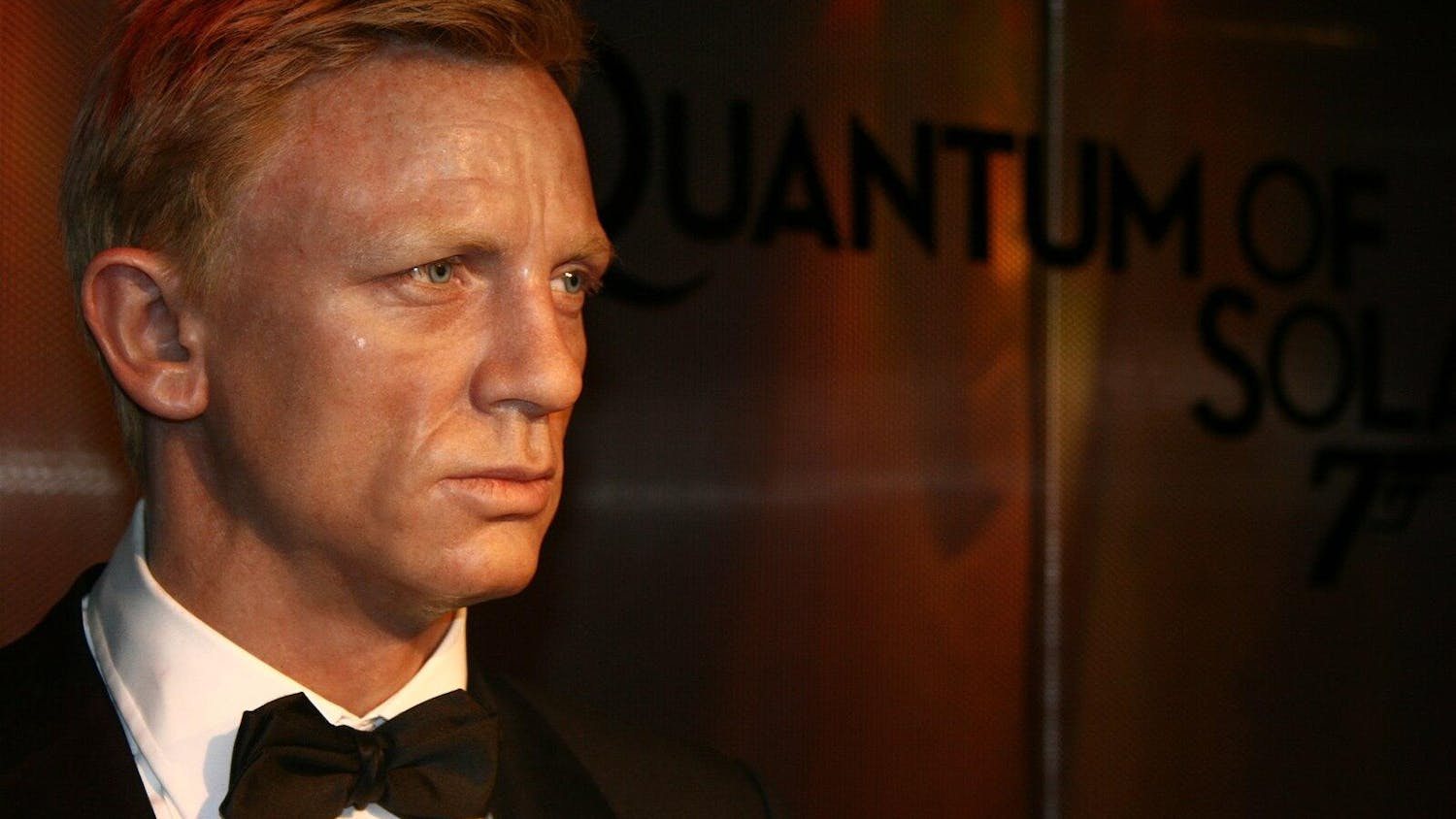Director Jordan Peele cannot be stopped. Debuting in July 2022, “Nope” captured audiences as Peele’s third directorial film. The film shines as a new addition to the ‘space Western’ genre, which marries spaghetti Westerns with a thrilling sci-fi alien adventure. Peele implements his signature style of adapting old horror tropes to comment on contemporary issues. It is a movie that can be watched over and over again, where one may find new inside nods that Peele leaves for his audience.
“Nope” also demonstrates Peele’s growth and flexibility as a director. The film is more aesthetically focused than his previous endeavors. With picturesque shots and long tracking shots of California, some scenes are more fitting for a documentary rather than a science fiction horror movie. He structures “Nope” as an ode to the artistry of cinema and includes many other cinematic references to demonstrate his expansive knowledge.
In the theme of Peele’s ode to cinema, the movie emphasizes the allure of the spectacle. The sprinkling of references and Easter eggs from various bits of film history shows its appreciation for cinema, which has broadcasted the spectacle through life-changing moments, unbelievable events and special scenes that people may never forget. “Nope” touches on many aspects of film history such as film structure by cutting in with title cards and mirroring the styles of silent films where title cards replaced the dialogue of the actors. Peele also highlights the erasure of Black contributors to cinematic innovation such as Bass Reeves, the original inspiration for the Lone Ranger. It reclaims the image of the cowboy as the triumphs of Black and Indigenous people. “Nope” also makes many references to classic anime such as “Neon Genesis Evangelion” (1995–96), which questions the motives of mythical religious figures, and “Akira” (1988), a movie reflecting Japan’s post-World War II anxieties, making the film extend to all reaches of film influence.
However, as much as it idolizes cinema, it calls into question whether cinema and media have changed us for the worse. As the TMZ reporter drives into the ranch, his face is completely obscured by a mirrored helmet, only reflecting what he is trying to film, and he dies anonymously. Filmmaker Antlers Holst dreams of the perfect shot, which he pays the ultimate price for. Much of the plot is driven by the prospect of winning big and capitalizing on natural phenomena. It questions how much humanity we have lost through chasing the next big thing, the spectacle.
In a movie about aliens and references, one has to mention “War of the Worlds” (2005), one of the most iconic abduction stories. From the flying abductions into the terrifying tube of the beast to the downpour of blood, there are nods to H.G. Wells’ terrifying classic. Other famous sci-fi alien movies are also subtly referenced, such as Ridley Scott’s iconic “Alien” (1979). The ethereal alien antagonist in “Nope,” like in “Alien,” is distinctly feminine. “Alien” offered a basis for Barbara Creed’s quintessential feminist essay, “The Monstrous-Feminine: Film, Feminism, Psychoanalysis” (1983), where Creed supposes that the idea of the woman being limited to the role of the grotesque monster in horror films is a limited patriarchal view. Instead, one should consider the power and fear women strike into the most inner subconscious of men that have inspired these iterations. The woman is not the victim, she is the castrator — the one in control. Essentially, this pussy bites back.
To hammer home the monstrous female analogy, the alien, Jean Jacket, blooms into a Georgia O’Keeffe-approved flower, drawing inspiration from the artist known for her yonic imagery. It spews blood onto a house, reminiscent of “Carrie” (1976), another film explored in Creed’s essay about female domination. Its victims are sucked up by a billowing, flesh-like tube. This proposition of the female reproductive system as indomitable and fearsome is timely in a post-Roe v. Wade nation. The sheer potential of the alien, consuming hordes of people, is in control, and people must construct convoluted plans to stop it.
Furthermore, “Nope” explores humanity’s ongoing battle between nature and domestication. The movie cuts in between flashbacks of a bizarre accident occurring on set of “Gordy’s Home,” a fictional cheesy ‘90s sitcom, resulting from a trained chimpanzee having a violent outburst. These scenes parallel the Haywood siblings’ attempts to better control their horses and Jupe’s attempt to capture the alien. “Nope”strikes at the twisted, intertwined nature of capitalism and domestication. In each case where nature is brought to be subjugated, there is an underlying capitalist incentive that requires the disregard of nature’s law. It comments on how profit-driven incentives reject innate rights with cruelty. The movie leaves an ambiguous message about the ethics of these practices. In the cases of Jupe, Gordy and the horses, there is a permanent resistance from nature. Nature vows its inevitable revenge for the hubris of human actions. But this message is muddled in the case of the alien. Instead, the siblings triumph, defeating nature and supposedly profiting from their discovery. Likewise, in the case of the allegorical feminine nature of the alien, the ending seems regressive, perhaps preferring a conventional happy ending in lieu of anticlimactic defeat.
In the case of “Nope,” further watchings may bring different iterations of the meaning of the story, maybe debunking these theories entirely. But one thing is for sure: Director Jordan Peele knows how to keep audiences talking and film nerds happy.






